Keurig coffee makers are becoming more popular because they make great coffee every time. If you’re like me, though, you’ve probably been trying not to think about how much old coffee is building up in your machine.
Recently, I gave in to that annoying voice in my head and cleaned my Keurig for the first time since I bought it.
I looked online for cleaning tips for my Keurig because I was afraid of what I might find inside it. I’m glad I did. Not only do I feel better about how clean and long-lasting my Keurig is, but my coffee tastes better too! Because I cleaned the coffee maker, my mornings are much better because my coffee tastes better.
Surprisingly, the Keurig coffee machine is very easy to clean because it is well-designed and has many parts that can be taken off. We will show you how to take apart and clean every part of your Keurig 2.0 the right way, so you can enjoy the best coffee in the morning and feel safe.
How to clean my Keurig 2.0 coffee maker?
Keurig machines are made to be easy to clean; most of the parts and pieces can be taken off or are easy to get to.
Most of you probably don’t have time to clean your Keurig machine, so the next part will show you how to do a quick spring cleaning that you can do once a month.
You will learn how to clean your Keurig in the next part. It’s okay if you don’t have time to clean your coffee maker all the way. Sometimes, all that’s needed is a light deep clean.
A buildup of oil may be making your coffee taste a little off.
It’s easy to fix with soap and water. The whole process shouldn’t take more than ten minutes and will make your coffee taste even better.
What do you need?
- Dishes soap
- Water
- Toothbrush
- Dry towel
- Paper clip
How to Cleaning Process
Water tank
- First, take the water tank out of the Keurig machine all the way and throw away the extra water.
- Take off the water filter that is connected to the tank and wash the machine with warm soapy water.
- Also, use warm washing water to clean the inside and outside of the water tank.
Capsule holder
- To take out the headshell box, open the headshell and gently pull it out.
- Use a toothbrush or paper towel to clean with warm soapy water.
- Wipe the spot where the tray was taken off with a damp paper towel.
- Remove the tray and dry it.
Needles
- Clean the outside of the input and exit needles with a damp paper towel after opening the capsule holder.
- Remove any buildup or dirt from the inside of each needle with a paper clip.
- Take out the glass from the capsule holder and close it. Then, run a rinse cycle with only water.
Water heater descaling
- Put two-thirds of the way full of a descaler into the water tank, and then fill the rest with water.
- Rinse the machine without the K pills until the water tank is empty.
- Take the water tank off and wash it.
- Add more water to the tank and run two more rinse rounds.
Can I use vinegar to Descale my Keurig?
Of course! An easy and effective way to clean your Keurig is to use vinegar. Just mix white vinegar and water until they are equal, and then use your Keurig as if you were making coffee. After that, wash it well with water to get rid of any vinegar taste that is still there. This helps get rid of mineral buildup and keeps your Keurig making great coffee. It’s a simple, low-cost fix that keeps your machine running well. Add a few water-only brew cycles afterward to make sure your next cup tastes as fresh as the first!”
What is the best way to clean my Keurig?
You will probably notice that the coffee is getting worse after using the Keurig for a while. Why isn’t Keurig making the perfect cup of coffee every time like they say they will?
Minerals and grease that build up in your Keurig may make it work less well. These buildups get stuck in the machine, stop it from making, and could even break your Keurig coffee maker!
You’re not the only one who has never cleaned it before. It looks like your Keurig machine needs a nice clean. It’s easy to give your Keurig a good clean since the parts are all easily removable.
Four main parts of the Keurig need to be taken care of regularly. We will talk about how often each part should be cleaned in the next piece.
Let’s say you haven’t cleaned your Keurig in a while. Next, we’ll go over how to clean each part.
Water and descaling tank
Most likely, the water tank is the Keurig part that is easy to clean. Remove the Keurig’s tank from the back and wash it with warm soapy water.
You need to get in and out of the tank to get rid of any mineral buildup the right way.
The system’s water filter is also in the water tank. Every two months, you should change the filter. You can clean it with warm soapy water as well.
Changing your water filter is as easy as taking the old one out, running hot water over the new one, and putting it back in!
Another important part of taking care of your Keurig machine is decalcifying it. That gross limescale will build up in your coffee machine if you don’t clean it out. It will also ruin your coffee.
You can buy or make a descaling product to clean your Keurig machine. Fill up the water tank with the solution. Then, let the Keurig machine run on this mix of solution and water until it runs out. It needs to be done without coffee in the machine.
Cleaning the needles
Cleaning your Keurig coffee maker‘s needles might seem like a big job, but it’s not that hard. A safety pin or paper clip, soap, and water are all you need! Inside the machine is where the pins are.
To find them, just open the door like you would put in a K-Pod.
It worked best for me to take off the k headshell first. The K-cups are in the black plastic piece that you can gently pull out. It’s easier to get to the needles when the case is taken off.
Clean the outside of each needle with a soapy towel after taking off the handle. After that, gently put a paper clip into the needle. This will get rid of any dirt that is stuck inside.
Make sure to run a wash cycle after cleaning the needles so that any new dirt doesn’t get into the coffee.
Cleaning the capsule holder
It’s simple and easy to clean the capsule case. First, use a dry paper towel to wipe up as much as you can of the coffee grounds.
Next, take out the K-cup tray made of plastic and wash it gently with water and soap. So far, a toothbrush has helped me do this better.
Wipe the area where the tray goes with a wet paper towel before putting the clean tray back in. You’ll be shocked at how much trash is stuck there!
Lid, tray, and funnel
You can take the Keurig lid, tray, and funnel off the main machine and wash them with water and soap. They are even easy to clean in the machine, which I always like.
It’s easier to clean up the tray because old coffee spills have stained many hard-to-reach spots on it. Being machine-safe makes this process easier.
How often to clean our Keurig 2.0
If you use your Keurig a lot, you should clean it more often. When it comes to Keurigs, a family of four will need to clean them more often than one person.
This is a list of how often you should clean each part of the tank. However, if you’re using your Keurig as a life support machine, you’ll need to clean it more often.
Conclusion
A simple vinegar descaling method makes it easy to keep your Keurig 2.0 in good shape. If you clean your coffee maker regularly, it will stay in great shape and make the best coffee every time. You can enjoy the ease and taste of your Keurig for years to come with just a little care and attention. Cheers to making coffee that is easy and tastes great!
Read More: How to make Keurig coffee without a k-cup using filters



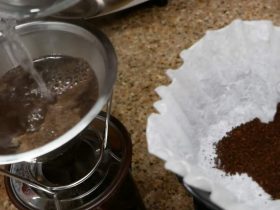

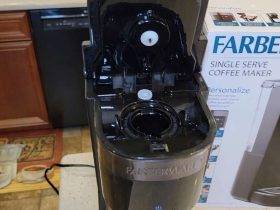

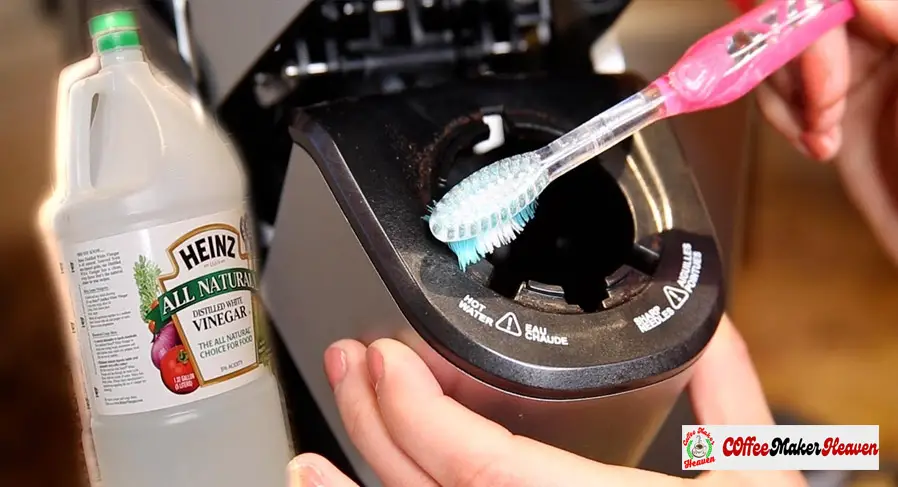

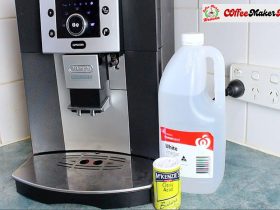

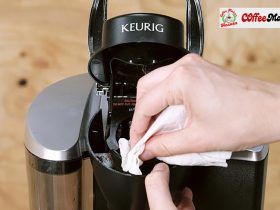


Leave a Reply